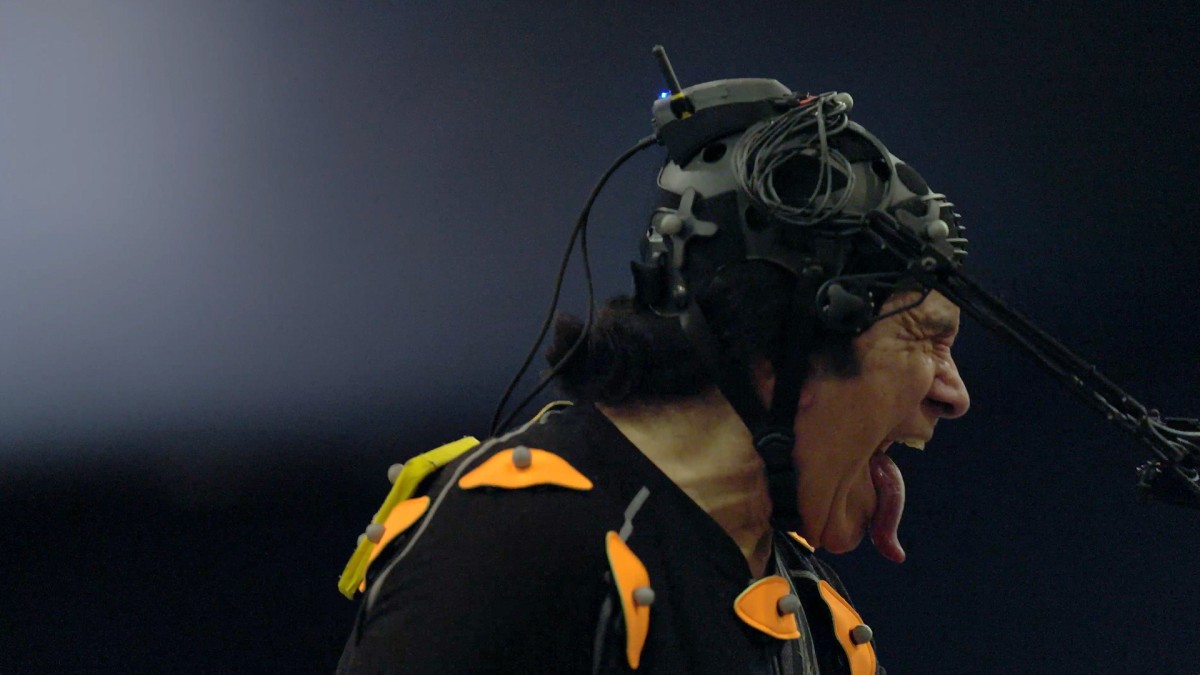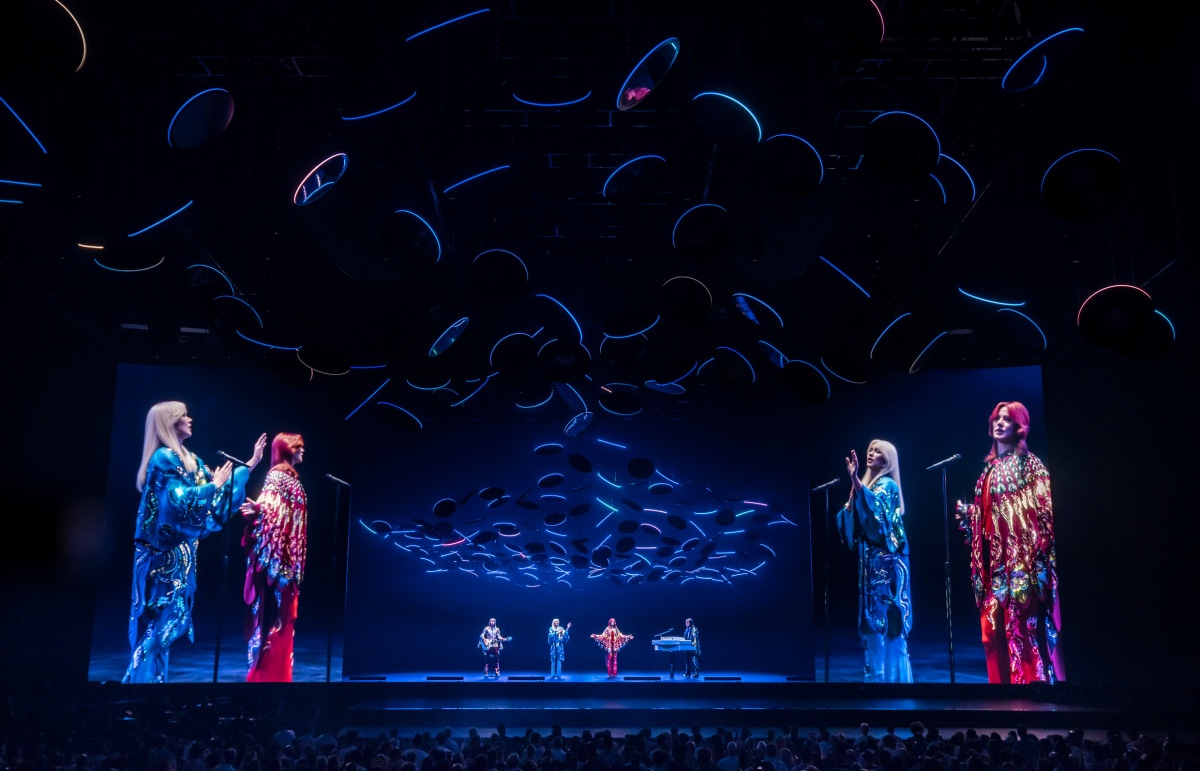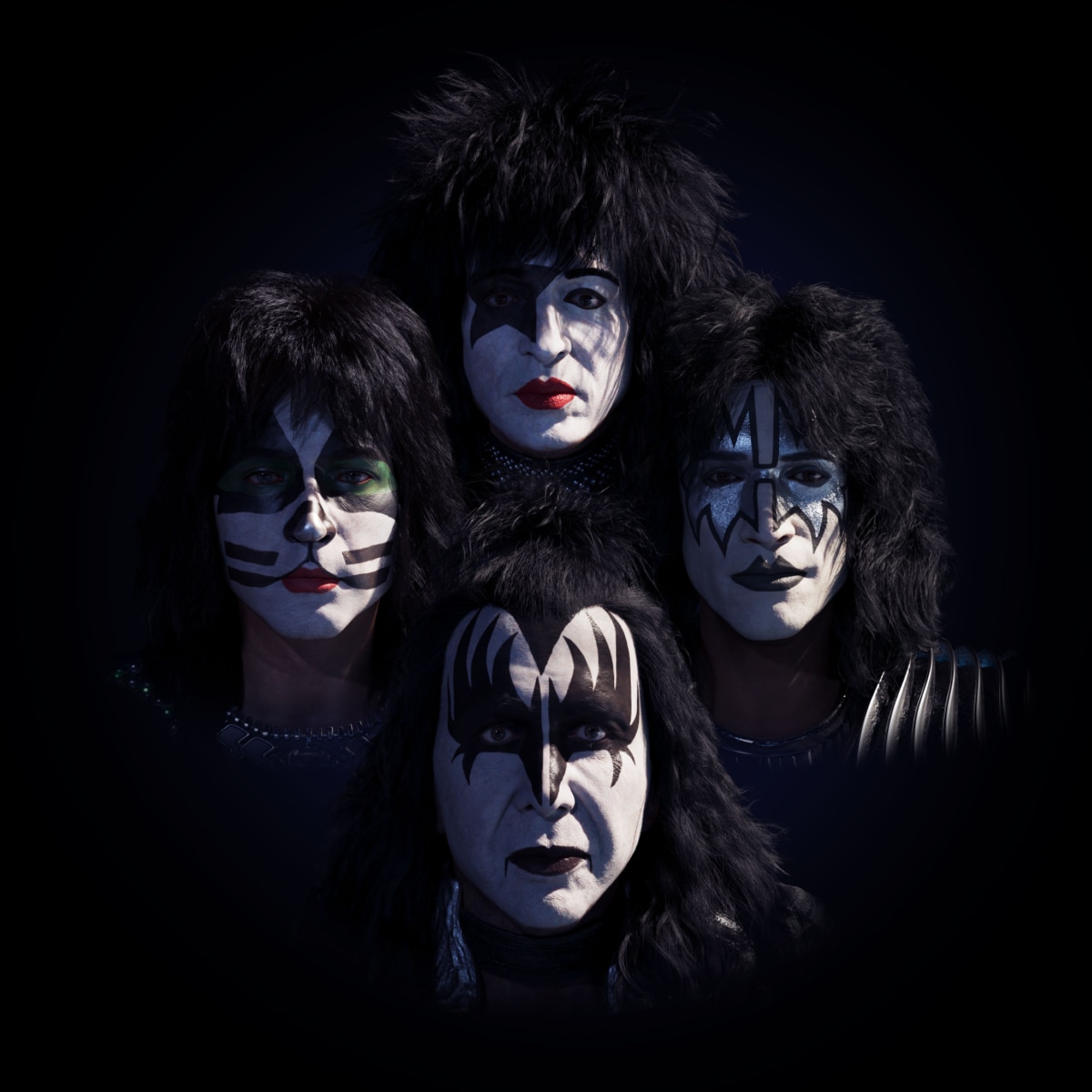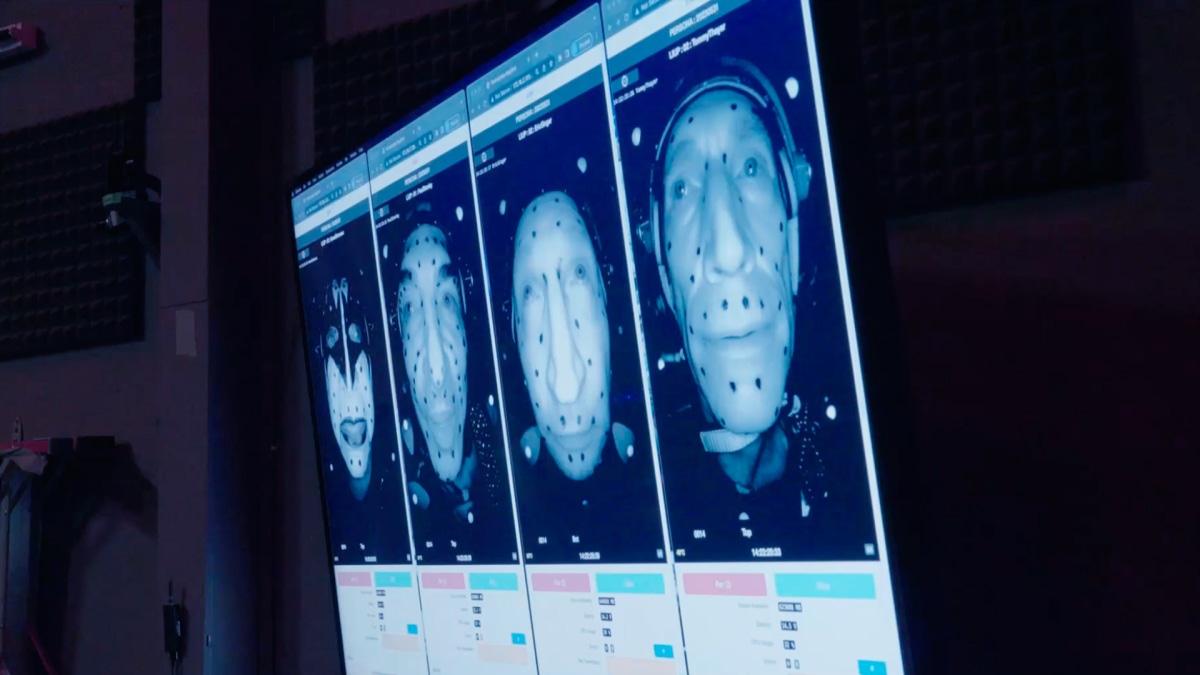[ad_1]
Look ye, KISS fans, as flesh becomes franchise.
Saturday night was supposed to be the end for rock icons KISS—the final night of the final tour, the end of the End of The Road World Tour, a swan song so long and so deafening that it had reverberated across five continents and hundreds of stadiums, spanning 58 months and nearly killing the band’s frontman, Paul Stanley, in the process.
As midnight neared in Madison Square Garden, the ascending minor chords of the group’s final encore—“God Gave Rock n’ Roll To You”—drifted up into the rafters, the New York City night, and to the home audiences paying $39.99 on Pay-per-view. The heavens, too. Five decades of heavy metal and heavy makeup, after all, were about to end.
And then came the holographic rapture.
Luminous and levitating, the members of KISS ascended. Not those earthly forms known as Gene Simmons, Paul Stanley, and the “newbies” Eric Singer and Tommy Thayer; they’d vanished, presumably backstage. It was time for their avatars—Demon, the Starchild, Catman, and Spaceman—to take over the performance as colossal figures that, through a combination of LED screen projection, lasers, and heavy metal smoke and pyrotechnics, appeared three dimensional and much larger than life.
Demon, now 8 feet tall, sprouted wings. Starchild’s fingertips crackled with pink lightning. And the group, having shuffled off their AARP-eligible mortal coils, entertained those who had, like them, put their faith in loud guitars.
KISS had been transfigured into that higher form: licensed intellectual property. Their avatars could now roam into the multiverse, the metaverse, and with any luck, some kind of an extended run in Vegas.
The technological mages behind the KISS avatars are the wizards at San Francisco-based Industrial Light & Magic (ILM). They’ve become known, in recent years, for taking the kind of visual effects that they’re famous for in the cinematic universes of Star Wars and Jurassic World and bringing them into live events, in the form of lifelike avatars and other visual fantasies.
“This is the sneak peak as the band crosses over from the physical world to the digital,” says Grady Cofer, visual effects supervisor at ILM. “We want to give fans a sense of the many forms this band could take in the future.”
The financiers and producers, meanwhile, are founders of the Swedish company Pophouse Entertainment, which is behind the wildly successful ABBA Voyage show in London. Another avatar collaboration with ILM, that show has been watched by 1.9 million visitors since its debut in 2022 and reportedly grosses $2 million every week.

[Photo: Pophouse Entertainment]
Pophouse is led by Swedish music executive Per Sundin and cofounded by Conni Jonsson, who founded private equity firm EQT, and ABBA’s own Björn Ulvaeus. It aims to acquire the music catalogs of old bands and revitalize interest in them in imaginative new ways. In addition to ABBA Voyage, the company created an ABBA museum in Stockholm in 2013. It opened the Avicii Experience, also in Stockholm, in 2022, the same year that it purchased a 75% stake in the late DJ’s music catalog.
Sundin, a veteran music executive, knows a thing or two about navigating the music industry’s upheavals. As CEO of Sony/BMG Sweden and president of Universal Music Nordic in the 2000s, he fought—and then joined—the streaming music boom, signing the first significant label agreement with Spotify (a moment dramatized in the Netflix miniseries, The Playlist). He sees Pophouse capitalizing on the new dynamics of a music industry that’s changed profoundly since the days when KISS and ABBA released albums to great fanfare.
Back then, consumers showed up at a record store, found an album on the shelf, and spent their hard-earned money. Today, streaming services have near-infinite shelf space, and consumers listen to songs impulsively, almost mindlessly, as part of an omnibus subscription or for free. For any given song, the launching pad to the top of the charts could be a record label’s marketing department, a TV show soundtrack, or even an oddball TikTok meme. “All old music competes with all new music and vice versa,” says Sundin.

ABBA Voyage [Photo: Johan Persson]
Like other groups that have, with mixed success, invested in back catalogs in recent years, Pophouse looks at music catalogs as reliable revenue streams—thanks to fans listening to their favorites on royalty-paying services like Spotify and Apple Music—with the chance for unexpected spikes in value. Who knows what the TikTokers might do next? Better yet, Pophouse can create those pop culture moments for the songs in its portfolio through live events and content, boosting streams and royalties themselves.
KISS has long pushed the boundaries of technology and spectacle. The early years were filled with fire-breathing, blood-spitting bass players, levitating drum kits, and ballistic-firing lead guitars. More recently, the band has experimented with VR concert experiences. KISS is also not shy about making money. The band is famous for selling everything from comic books and condoms to caskets. “Nobody out-merches KISS,” quipped Nirvana and Foo Fighters drummer Dave Grohl, speaking in the A&E Biography, KISSStory.
Last summer, Simmons mused that KISS might continue beyond its final concert in ways that “even I haven’t thought of,” including recruiting new people to don the makeup and tour regionally, à la Blue Man Group. Instead of new humans, KISS fans got avatars.

[Photo: Pophouse Entertainment]
Where these avatars will appear next—and how they’ll be monetized—remains to be seen. Pophouse has tapped Thierry Coup, former chief creative officer at Universal Destinations & Experiences, to become the Kiss avatar show’s creative director. Working with the band members and ILM, KISS may show up in a live performance, in the metaverses of Roblox or Fortnite, or all of the above.
“We’re going to figure it out after the tour,” says Sundin. “Is it a KISS concert in the future? Is it a rock opera? Is it a musical? A story, an adventure? These four individuals already have superpowers. We want to be as open as possible.”

[Photo: Pophouse Entertainment]
Saturday night’s avatars were made at ILM using motion capture of the band’s present roster. But could Peter Criss and Ace Frehley, the band’s founding drummer and lead guitarist, reappear? And could future KISS avatars look entirely different? Sure. Sundin muses that Spiderman has a multiverse of infinite incarnations. Why can’t Spaceman?
“We can be forever young and forever iconic by taking us to places we’ve never dreamed of before,” Simmons said in a promotional video filmed at ILM this past November. “The technology is going to make Paul [Stanley] jump higher than he’s ever done before. I’m looking forward to that.”
“And it won’t hurt!” Stanley exclaimed.
“The future is so exciting,” said Simmons. “If you think you’re going to get rid of us, I’m afraid that’s not going to happen.”
[ad_2]
Source link

